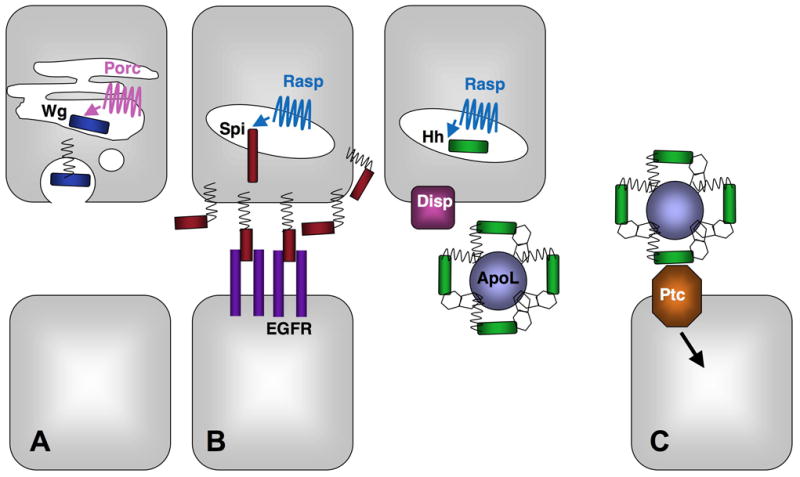Figure 1. Different effects of lipid modifications on Spi, Hh and Wg.

Ligand-producing cells are shown in the upper row and ligand-receiving cells in the lower row. Porc in the ER palmitoylates Wg on an internal cysteine (A), while Rasp in the Golgi palmitoylates Spi and Hh on their N-terminal residues (B, C). Palmitoylation of Wg enhances its glycosylation, lipid raft targeting and secretion (A). Palmitoylation of Spi increases its association with the plasma membrane of producing cells and raises its local concentration to the threshold necessary to activate the EGFR (B). Palmitate and cholesterol modifications on Hh promote its incorporation into multimers that may contain Apolipophorin (ApoL) and enhance its long-range activity. Palmitoylation is also required for Hh to signal productively when bound to Ptc (C).
